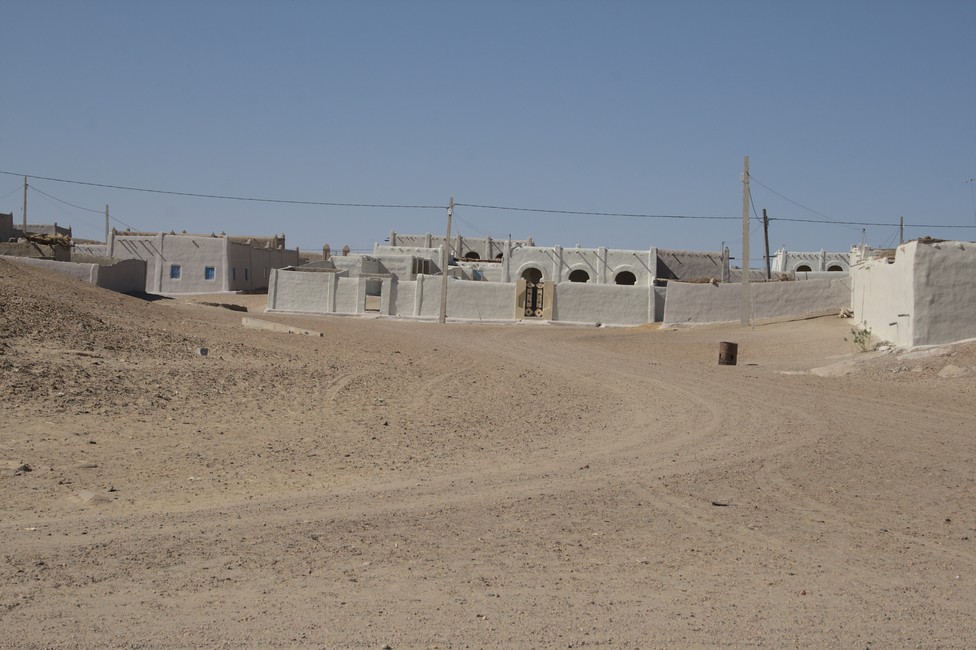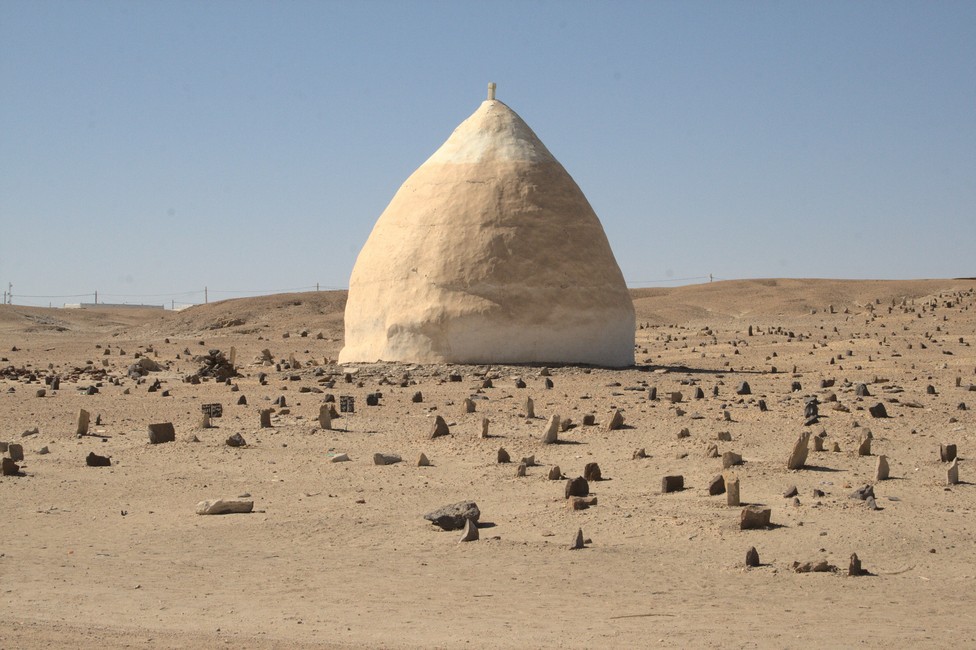Makthar, also known as Mactaris, is an ancient Roman and Byzantine archaeological site located in central Tunisia. This historic town holds significant historical and cultural importance, showcasing the remnants of a prosperous Roman settlement and providing insights into the region’s rich past. Let’s explore the wonders of Makthar and the fascinating heritage it represents.
Situated amidst the stunning Tunisian countryside, Makthar offers visitors a glimpse into the grandeur of the Roman Empire. The town was originally established as a Numidian settlement and later developed into a bustling Roman city, known for its strategic location along the important trade routes.
As you explore the archaeological site, you’ll encounter remnants of the city’s past, including well-preserved structures and fascinating artifacts. One of the prominent features of Makthar is its Roman amphitheater, a testament to the city’s vibrant cultural and entertainment scene. This impressive structure, carved into the hillside, once hosted gladiatorial contests and theatrical performances, attracting crowds from near and far.
Wander through the ancient streets of Makthar and you’ll come across remnants of the city’s residential areas. Explore the ruins of Roman houses, which offer insights into the daily lives and living conditions of the inhabitants. You can still see traces of intricate mosaic floors, wall paintings, and architectural elements that reflect the artistic and architectural sophistication of the time.
Continue your exploration to the Forum, the central square of the Roman city. The Forum served as a bustling hub of social, political, and economic activities, featuring impressive colonnades and surrounded by administrative buildings, temples, and marketplaces. Imagine the vibrant atmosphere of the marketplace, where merchants and traders gathered to exchange goods and ideas.
One of the notable structures in Makthar is the Capitol, a temple dedicated to the Capitoline Triad: Jupiter, Juno, and Minerva. Although the temple is now in ruins, you can still appreciate the remnants of its grandeur and envision its past magnificence. The Capitol’s location atop a hill offers sweeping views of the surrounding landscape, adding to the allure of the site.
Makthar also boasts a well-preserved Byzantine fortification known as the Byzantine Kasbah. This fortress, with its defensive walls and towers, represents the town’s significance during the Byzantine era. Climb to the top of the Kasbah for panoramic views of the archaeological site and the picturesque Tunisian countryside.
The rich historical and cultural significance of Makthar extends beyond the Roman and Byzantine periods. The town also played a role in early Christianity, as evidenced by the presence of early Christian basilicas and tombs. These structures highlight the town’s cultural and religious diversity throughout its history.
A visit to Makthar offers a unique opportunity to step back in time and appreciate the architectural marvels and historical significance of this ancient settlement. The site’s tranquility and remote location provide a sense of connection with the past and allow visitors to envision the daily life of its former inhabitants.
Makthar’s archaeological treasures bear witness to the enduring legacy of the Roman and Byzantine civilizations and offer a glimpse into the region’s historical richness. The site’s exploration provides a rewarding experience for history enthusiasts, archaeology lovers, and those seeking to unravel the mysteries of Tunisia’s past.
Makthar stands as a testament to the ingenuity, creativity, and cultural diversity of the civilizations that once thrived in this region. It invites visitors to appreciate the grandeur of the ancient world, to imagine the bustling streets, and to reflect on the enduring legacy of human achievements.

